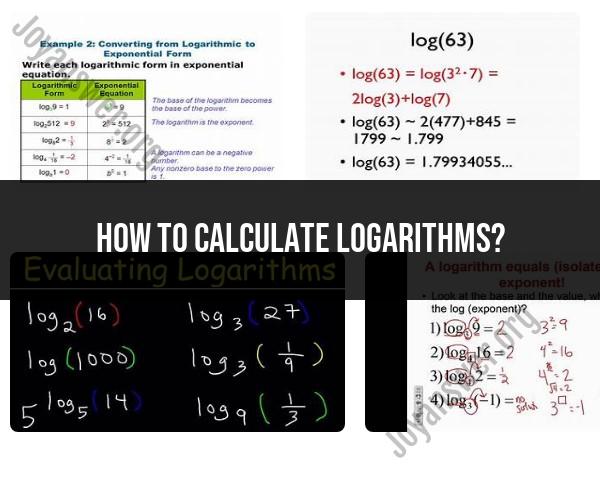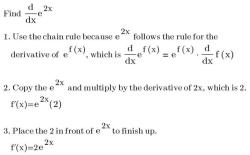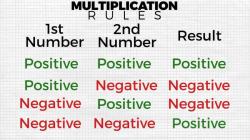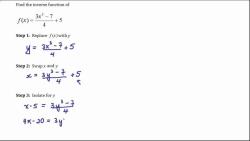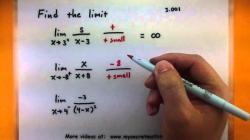How to calculate logarithms?
Calculating logarithms involves finding the power to which a given number (the base) must be raised to obtain another number. Logarithms are useful in various mathematical and scientific contexts. There are different methods and formulas for calculating logarithms, depending on whether you're using a calculator or doing manual calculations. Here's how you can calculate logarithms:
Using a Calculator:
Most calculators, including scientific and graphing calculators, have built-in functions for calculating logarithms. To calculate the logarithm of a number:
- Enter the number you want to find the logarithm of.
- Select the logarithm function on your calculator (usually labeled "log" or "ln" for natural logarithm).
- If the base is not specified, the calculator assumes a base 10 logarithm (common logarithm).
- If you need a logarithm with a different base, you can use the change of base formula (described below).
Manual Calculation:
If you need to manually calculate logarithms without a calculator, you can use logarithm properties and tables. Here are the steps:
Identify the Base: Determine the base of the logarithm. Common logarithms have a base of 10, while natural logarithms have a base of "e" (approximately 2.71828).
Use Logarithm Properties:
For common logarithms (base 10), use the logarithm properties to simplify the calculation:
- log(a * b) = log(a) + log(b)
- log(a / b) = log(a) - log(b)
- log(a^n) = n * log(a)
For natural logarithms (base "e"), use the same properties with "ln" (natural logarithm) notation:
- ln(a * b) = ln(a) + ln(b)
- ln(a / b) = ln(a) - ln(b)
- ln(a^n) = n * ln(a)
Use Logarithm Tables:
- Before the advent of calculators, logarithm tables were commonly used. These tables provide logarithm values for different numbers. To find the logarithm of a number, locate the number in the table and read off the corresponding logarithm value.
Change of Base Formula: If you need a logarithm with a base different from 10 or "e," you can use the change of base formula:
- log_b(a) = log_c(a) / log_c(b), where "log_b(a)" is the logarithm of "a" with base "b," and "log_c(a)" and "log_c(b)" are the common (base 10) logarithms of "a" and "b."
Example: To calculate log_2(8):
- Using the change of base formula: log_2(8) = log_10(8) / log_10(2)
- Using a calculator: log_2(8) = log(8) / log(2)
Remember that logarithms are the inverse of exponentiation. So, for any logarithm log_b(a), it means b^log_b(a) = a. You can use this property to verify your calculations.
How to compute logarithms and understand their properties?
Logarithms are the inverse of exponents. They are used to find the power to which a number must be raised to get another number. For example, the logarithm of 100 to the base 10 is 2, because 10 to the power of 2 is 100.
There are two main types of logarithms: natural logarithms and common logarithms. Natural logarithms are denoted by the symbol "ln" and common logarithms are denoted by the symbol "log".
To compute logarithms, you can use a calculator or a logarithm table. However, it is also important to understand the properties of logarithms in order to use them correctly.
Here are some of the properties of logarithms:
- The logarithm of a product is the sum of the logarithms of the individual factors.
- The logarithm of a quotient is the difference of the logarithms of the dividend and the divisor.
- The logarithm of a power is the product of the exponent and the logarithm of the base.
What are the techniques and rules for working with logarithms in mathematics?
There are a number of techniques and rules for working with logarithms in mathematics. Here are a few examples:
- The change of base rule: This rule allows you to change the base of a logarithm from one base to another.
- The power rule: This rule states that the logarithm of a power is the product of the exponent and the logarithm of the base.
- The product rule: This rule states that the logarithm of a product is the sum of the logarithms of the individual factors.
- The quotient rule: This rule states that the logarithm of a quotient is the difference of the logarithms of the dividend and the divisor.
How to solve equations and problems involving logarithmic functions?
To solve equations and problems involving logarithmic functions, you can use the properties of logarithms listed above. You can also use a calculator or a logarithm table.
Here is an example of how to solve an equation involving a logarithmic function:
Solve the equation: log(x + 1) = 2
To solve this equation, we can use the following steps:
- Exponentiate both sides of the equation by 10.
- Simplify the equation.
- Solve the equation for x.
log(x + 1) = 2
10^log(x + 1) = 10^2
x + 1 = 100
x = 99
Therefore, the solution to the equation is x = 99.
By understanding the properties of logarithms and the techniques for working with them, you can solve a variety of equations and problems involving logarithmic functions.
Here are some additional tips for working with logarithms:
- Be familiar with the properties of logarithms. This will help you to solve equations and problems more easily.
- Use a calculator or a logarithm table to compute logarithms. This can save you a lot of time and effort.
- Be careful when changing the base of a logarithm. Make sure that you are using the correct conversion formula.
- Check your work carefully. Logarithms can be tricky, so it is important to make sure that you have solved the equation or problem correctly.
By following these tips, you can work with logarithms with confidence and accuracy.
